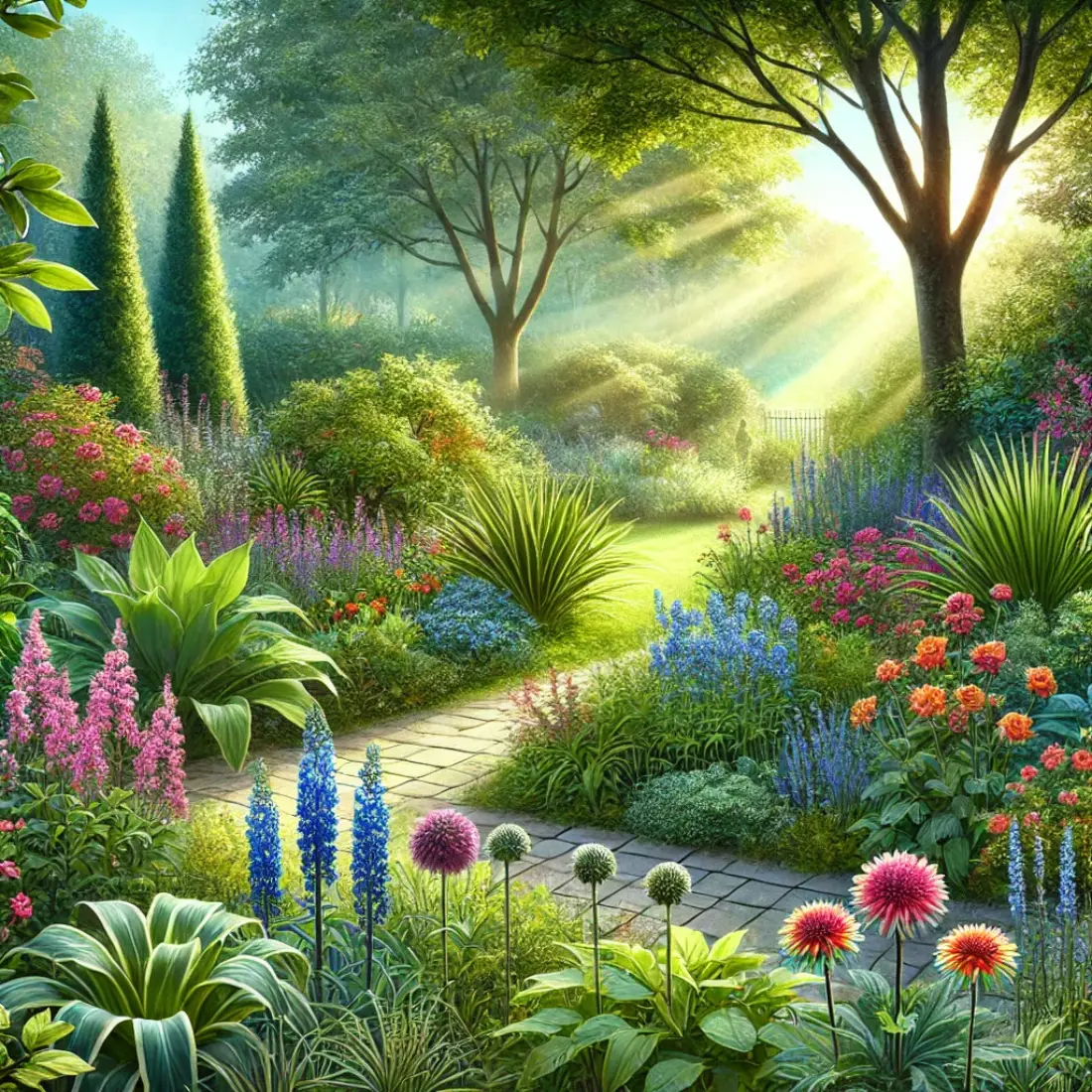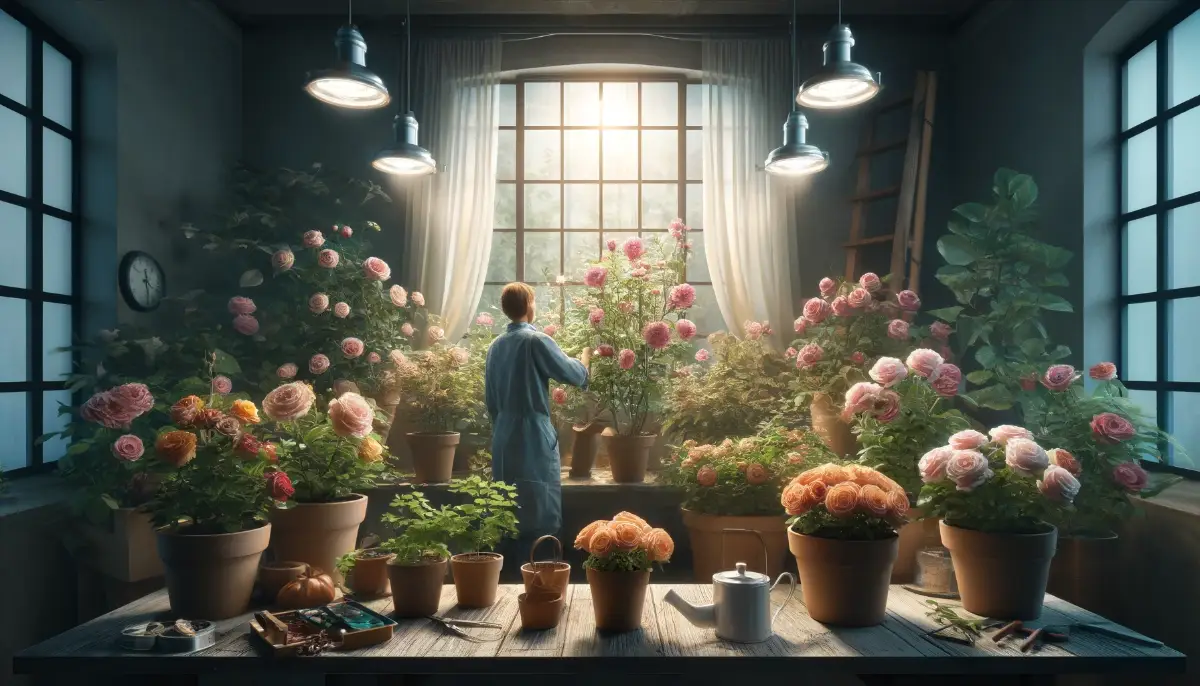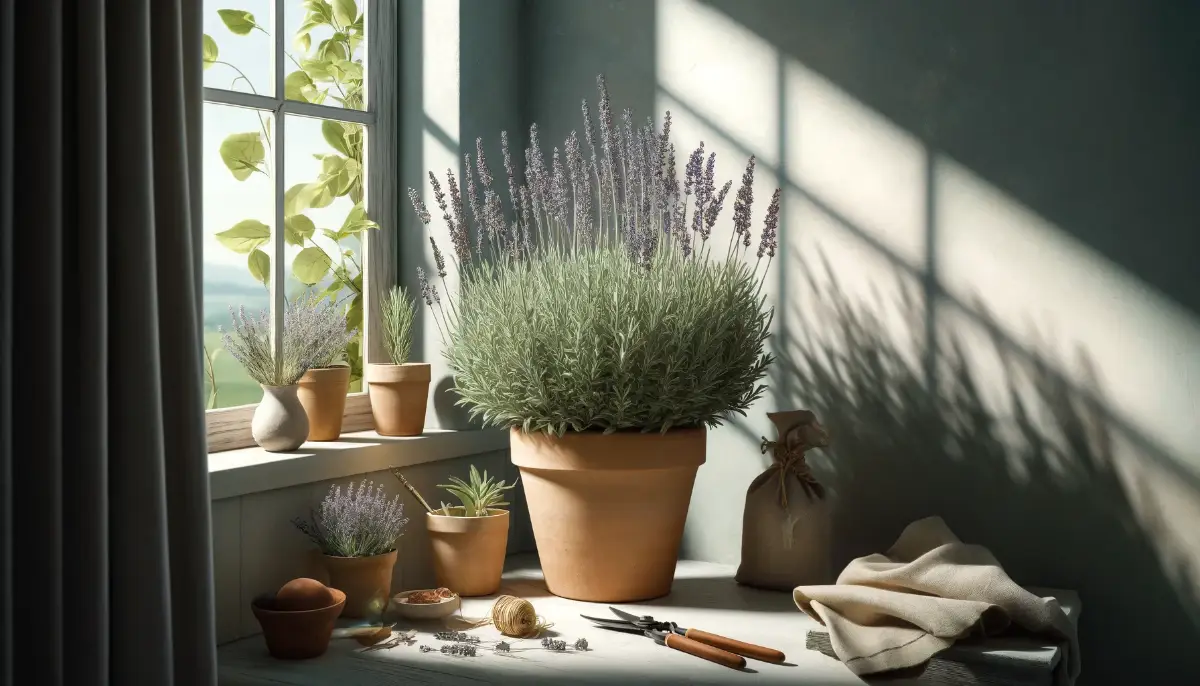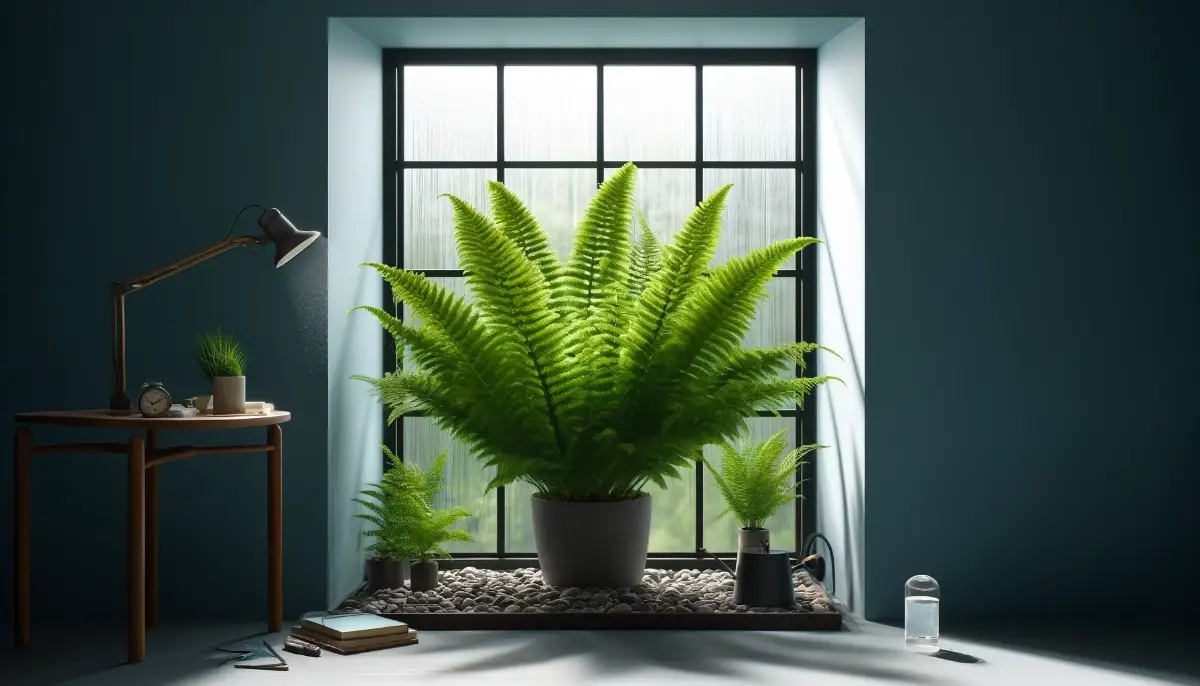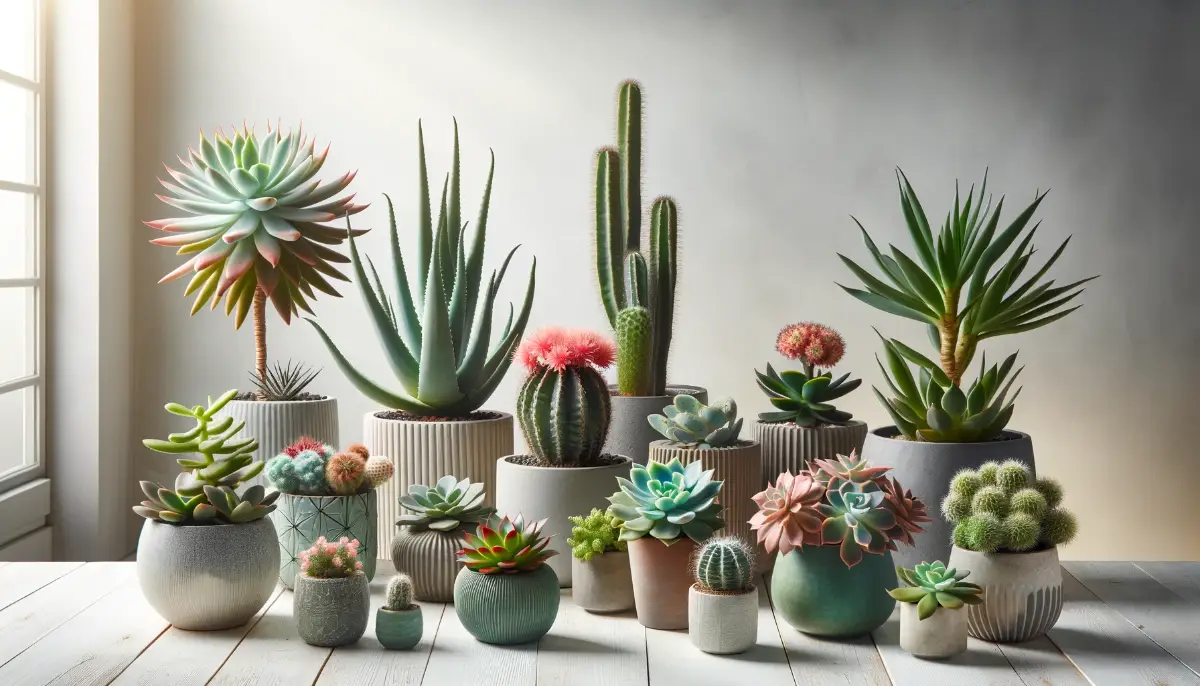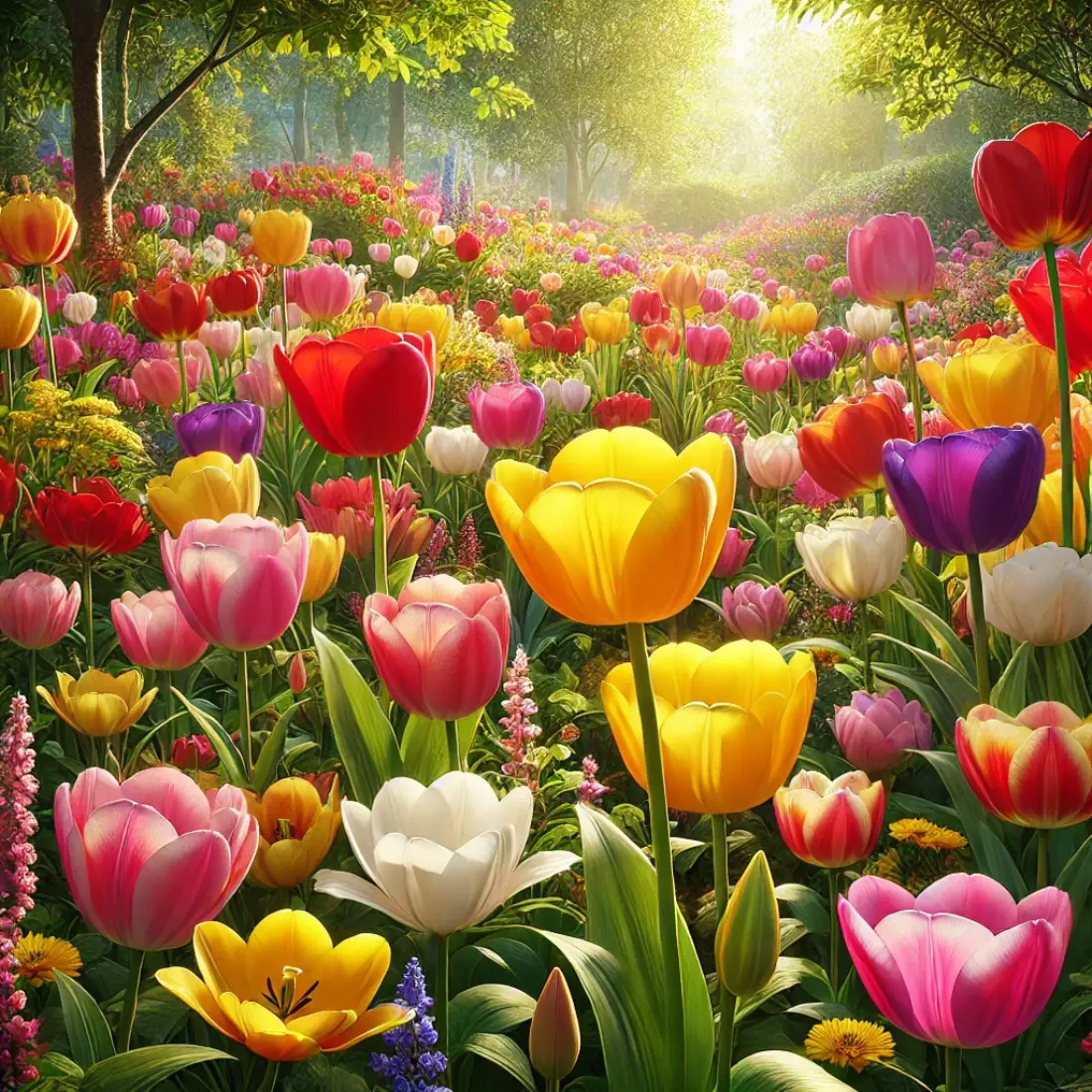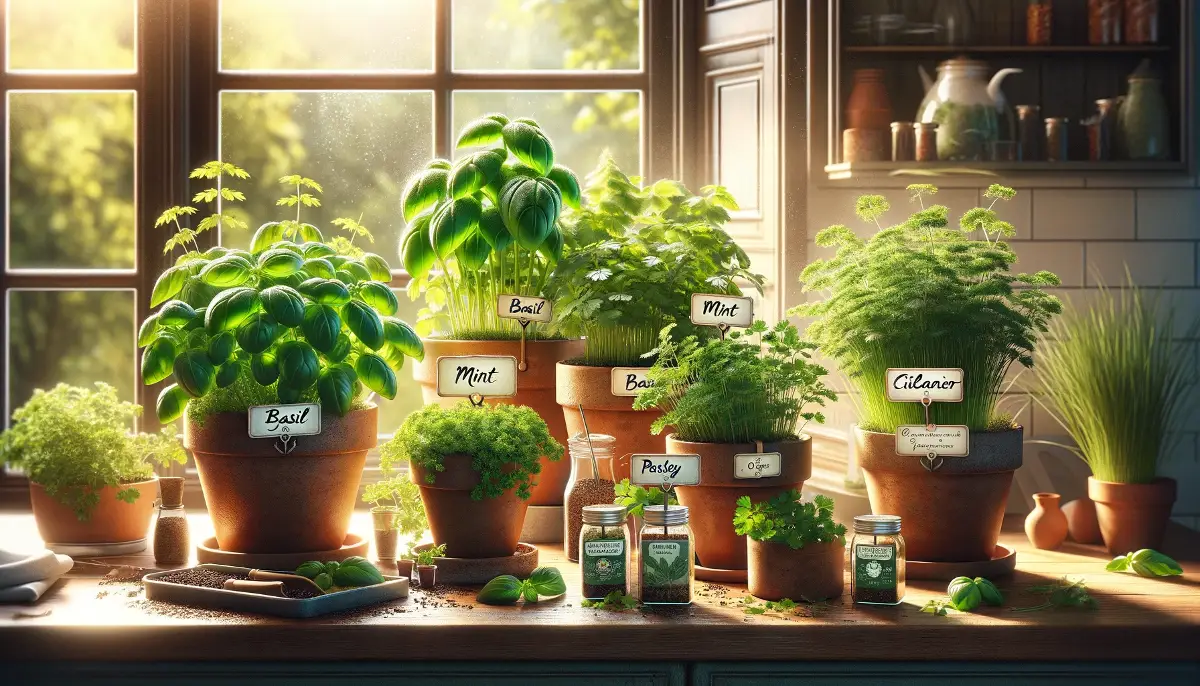Outdoor gardening is a fulfilling way to enhance your home’s natural beauty while enjoying the benefits of fresh air and exercise. Choosing the right plants is crucial for creating a vibrant and sustainable garden. With so many options available, it can be challenging to decide which plants will thrive in your specific environment.
- Versatility: The top 15 outdoor plants are adaptable to various climates and garden styles, making them suitable for any garden.
- Low Maintenance: Many of these plants, like succulents and ornamental grasses, require minimal care, perfect for both beginners and seasoned gardeners.
- Aesthetic Appeal: From vibrant roses to elegant Japanese maples, these plants offer a range of colors, textures, and forms to enhance your garden’s beauty.
- Seasonal Interest: By choosing the right mix, you can enjoy continuous blooms and foliage year-round, keeping your garden lively through every season.
Top 15 Outdoor Plants for Every Garden
1. Rose Bushes
Rose bushes are classic garden staples known for their vibrant, fragrant blooms. They come in various types, including Hybrid Tea, Floribunda, and Climbing roses, offering versatility in garden design. Roses require regular maintenance but reward gardeners with stunning, long-lasting flowers.
2. Lavender
Lavender is a hardy, drought-tolerant plant that adds beauty and fragrance to gardens. Its purple blooms attract pollinators, and it thrives in sunny, well-drained areas. Ideal for borders and containers, lavender is low-maintenance, making it perfect for beginners and seasoned gardeners alike.
3. Hydrangeas
Hydrangeas are beloved for their large, colorful blooms that can vary from blue to pink depending on soil pH. These versatile plants thrive in partial shade and moist, well-drained soil. Hydrangeas add lushness and visual interest to garden beds and borders.
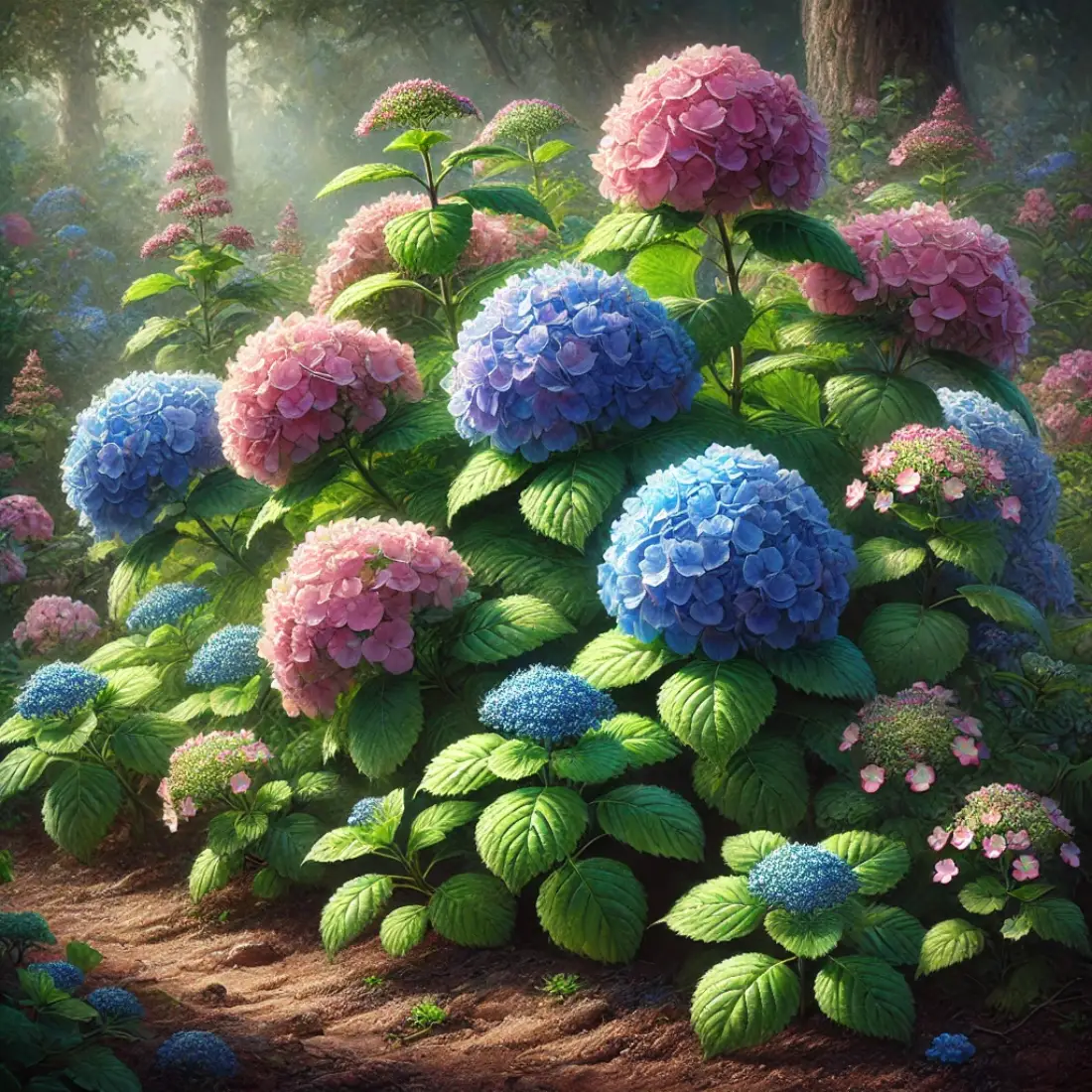
4. Hostas
Hostas are shade-loving perennials known for their attractive, textured foliage. They come in various sizes and colors, from deep greens to variegated leaves. Hostas are perfect for adding depth and greenery to shaded garden areas and require minimal maintenance.

5. Boxwood
Boxwood is a dense, evergreen shrub often used for hedges and garden borders. Its slow growth and ability to be shaped make it ideal for formal gardens. Boxwood is easy to maintain and thrives in full sun to partial shade, adding structure to garden designs.
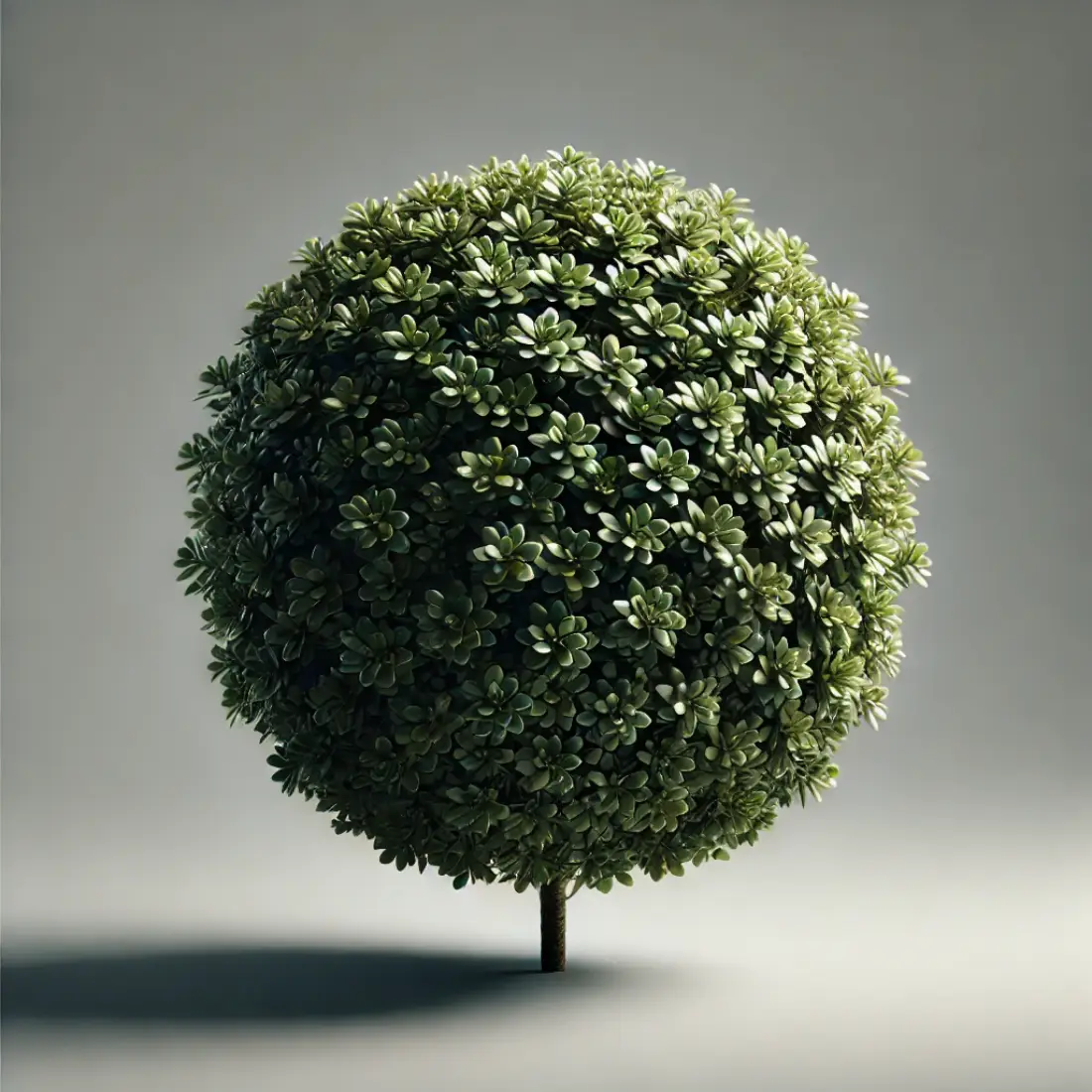
6. Daylilies
Daylilies are hardy perennials that produce a profusion of colorful, trumpet-shaped flowers. They are extremely adaptable, thriving in a wide range of soil conditions. Daylilies require little care and are perfect for adding vibrant, low-maintenance beauty to any garden.
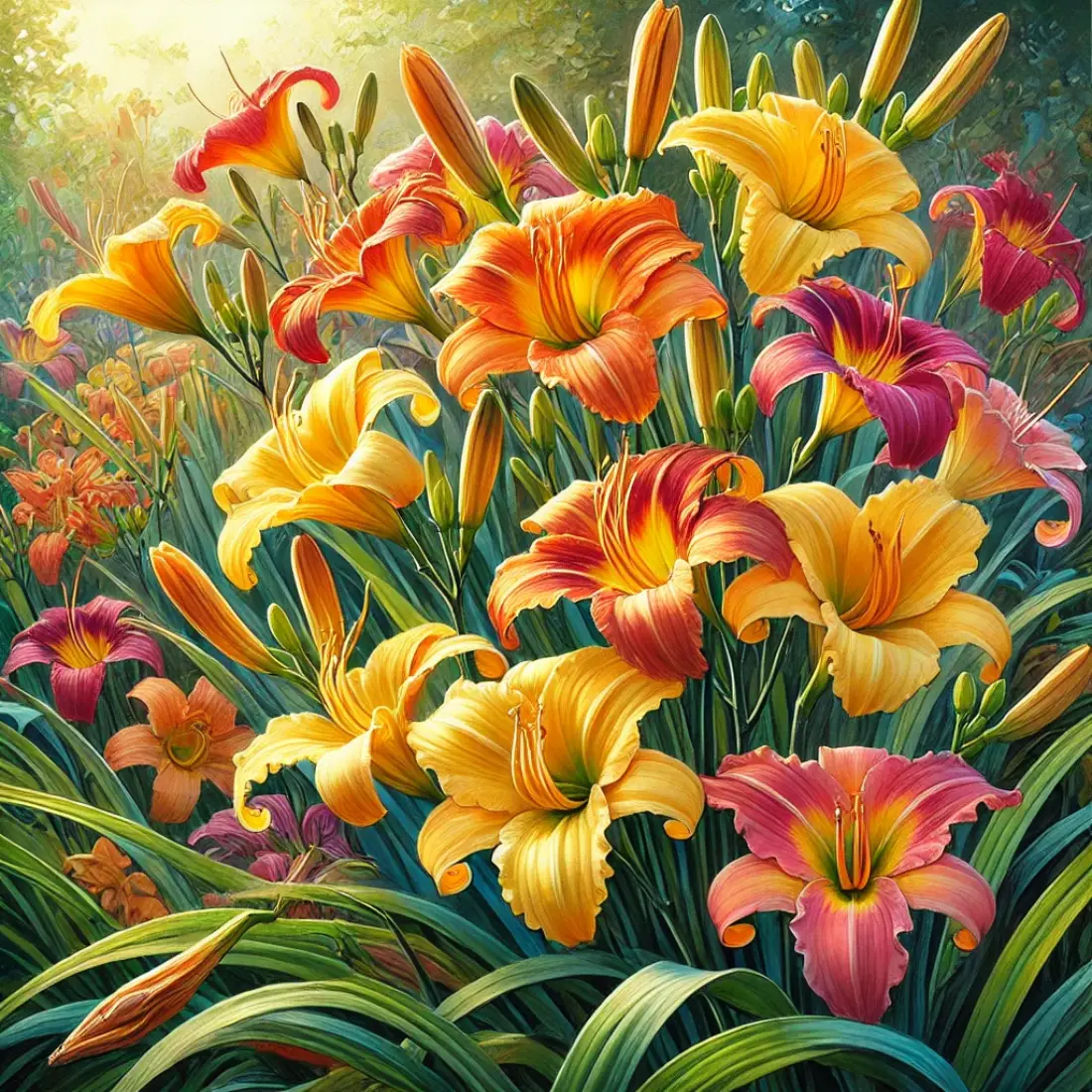
7. Ornamental Grasses
Ornamental grasses add texture and movement to gardens with their slender, swaying blades. Popular varieties like Fountain Grass and Feather Reed Grass are drought-tolerant and thrive in full sun. These grasses require minimal care and provide year-round interest.
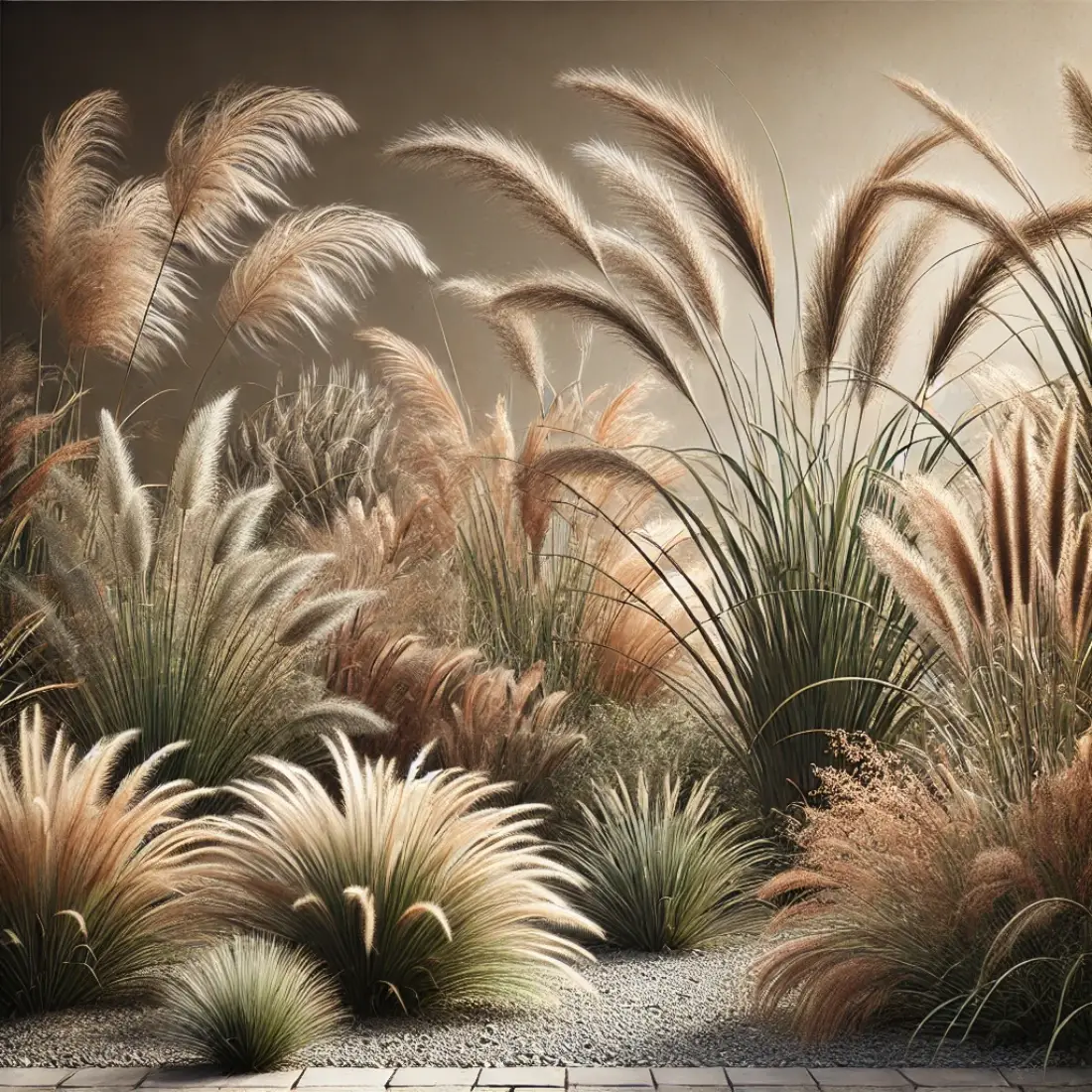
8. Ferns
Ferns are ideal for shaded garden areas, offering lush, green foliage that adds a woodland feel. They thrive in moist, well-drained soil and are perfect for creating layers of greenery in garden beds or under trees. Ferns are low-maintenance and bring a timeless elegance to gardens.
9. Succulents
Succulents are drought-resistant plants known for their thick, water-storing leaves. They thrive in dry, sunny conditions and require minimal watering. Succulents come in various shapes and sizes, making them versatile additions to rock gardens, containers, and xeriscapes.
10. Japanese Maple
Japanese Maple is a small, ornamental tree prized for its delicate, finely cut leaves and vibrant fall colors. It thrives in partial shade and well-drained soil. Japanese Maples add elegance and structure to gardens, making them a stunning focal point in any landscape.
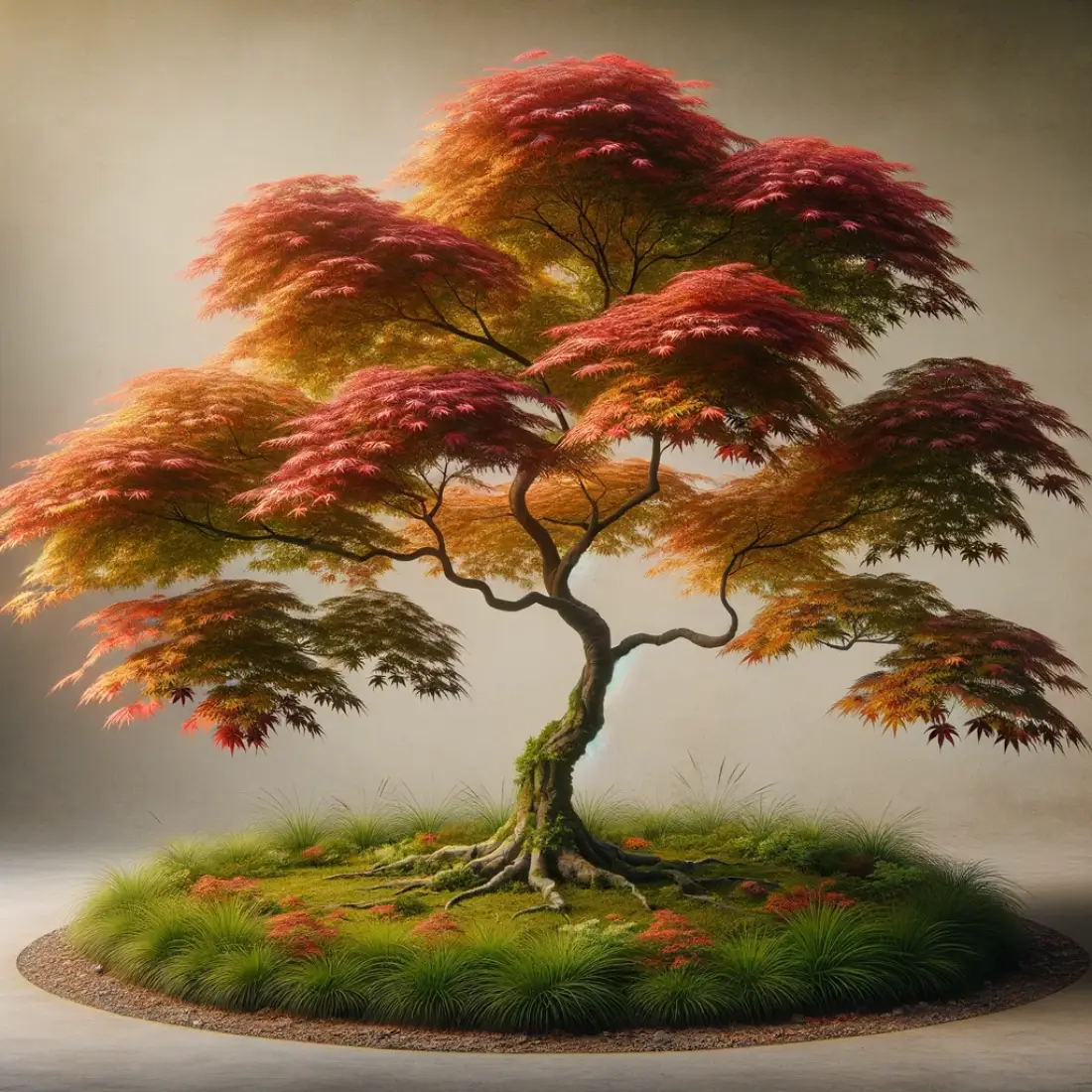
11. Peonies
Peonies are herbaceous perennials known for their large, showy blooms in spring. They come in various colors, from white to deep red, and have a long lifespan. Peonies prefer full sun and well-drained soil, and their stunning flowers make them a favorite in traditional gardens.
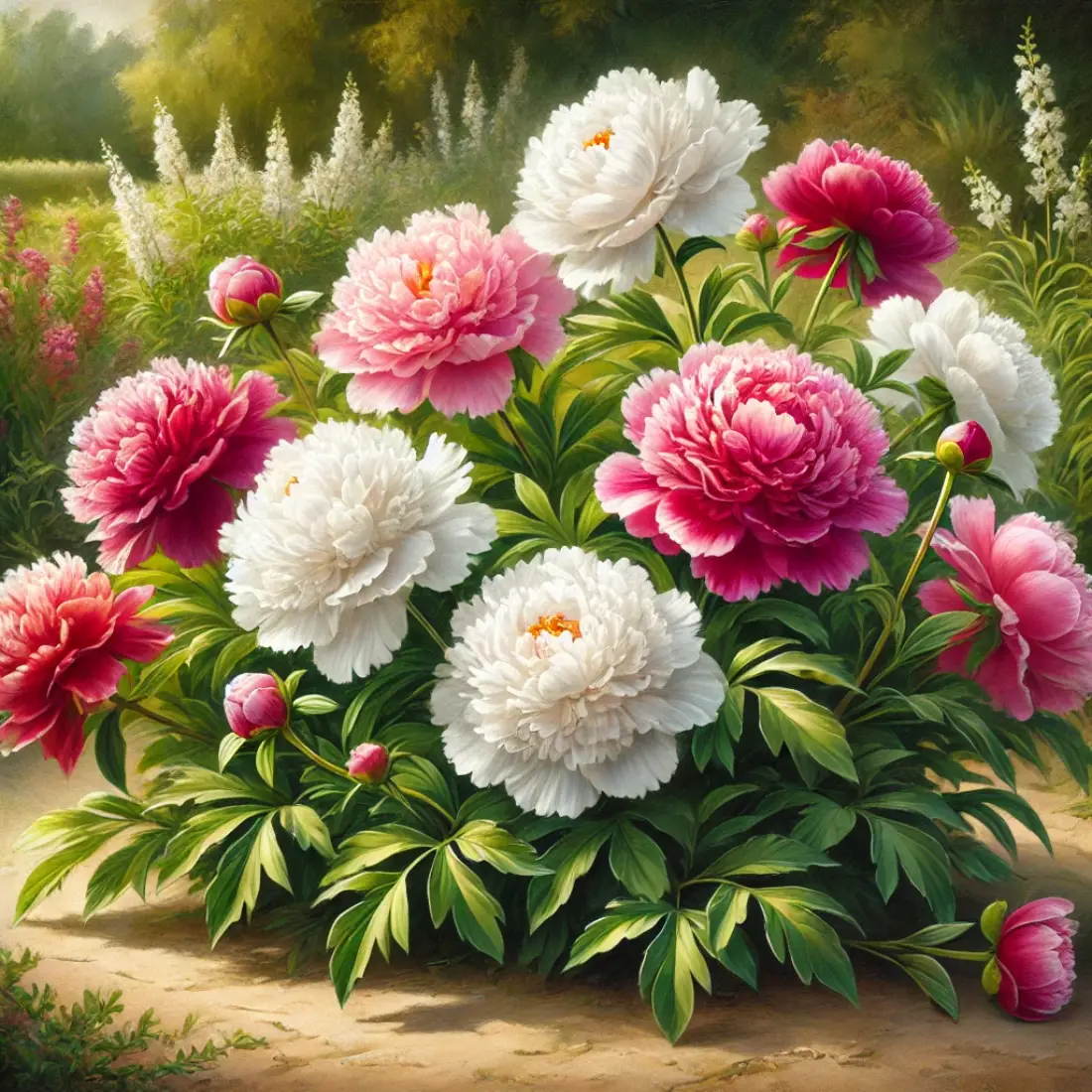
12. Climbing Vines
Climbing vines like Clematis, Wisteria, and Ivy add vertical interest to gardens, covering trellises, fences, and walls with lush greenery and blooms. They thrive in various light conditions and are perfect for adding height and dimension to any outdoor space.
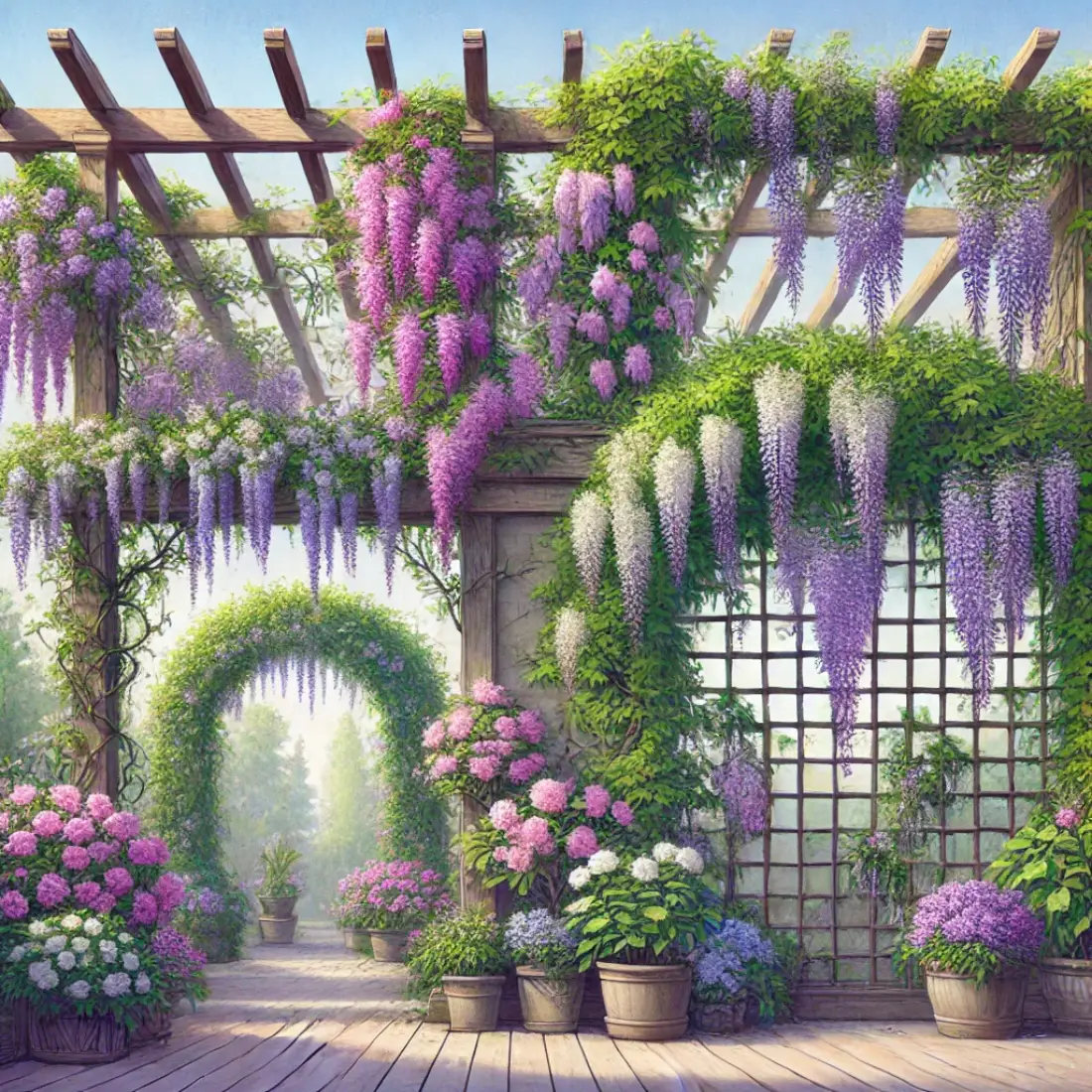
13. Bulbs
Bulbs, such as Tulips, Daffodils, and Lilies, are planted for seasonal color throughout the year. They are easy to grow, requiring well-drained soil and proper planting depth. Bulbs provide vibrant blooms in spring and summer, adding bursts of color to garden beds and borders.
14. Herbs
Herbs like Basil, Rosemary, and Thyme are not only useful in the kitchen but also add fragrance and greenery to gardens. They thrive in full sun and well-drained soil. Herbs are perfect for container gardens, borders, or as companion plants in vegetable gardens.
15. Perennial Flowers
Perennial flowers like Coneflowers, Black-eyed Susans, and Sedum offer long-lasting blooms and return year after year. They are low-maintenance and thrive in a variety of soil conditions. Perennials provide consistent color and are excellent for creating a sustainable, low-maintenance garden.
FAQs About Top 15 Outdoor Plants for Every Garden
What are the best outdoor plants for a beginner gardener?
For beginners, lavender, daylilies, and succulents are excellent choices. These plants are low-maintenance, hardy, and can thrive with minimal care, making them ideal for those new to gardening.
How much sunlight do these plants need?
Most of these plants, such as roses, lavender, and succulents, thrive in full sun, requiring at least 6 hours of direct sunlight daily. Hostas and ferns prefer partial to full shade, making them ideal for less sunny spots.
Can these plants be grown in containers?
Yes, many of these plants, including lavender, succulents, hostas, and Japanese maples, can be successfully grown in containers. Ensure the containers have proper drainage and use the appropriate soil mix for each plant.
Which of these plants are best for attracting pollinators?
Lavender, hydrangeas, and daylilies are great for attracting pollinators like bees and butterflies. These plants produce nectar-rich flowers that help support local pollinator populations.
How do I protect my plants from pests?
To protect your plants from pests, use natural remedies like neem oil, insecticidal soap, or companion planting (e.g., planting lavender or marigolds nearby). Regularly inspect plants for signs of pests and remove any affected leaves or stems.
When is the best time to plant these outdoor plants?
Spring and fall are generally the best times to plant most outdoor plants. Bulbs should be planted in the fall for spring blooms, while roses and lavender can be planted in early spring or fall to establish before extreme weather.
Do these plants require regular fertilization?
Most plants, such as roses and boxwood, benefit from regular fertilization, especially during the growing season. Use a balanced, slow-release fertilizer or a plant-specific one, like rose fertilizer, to provide the necessary nutrients.
Can these plants survive in cold climates?
Many of these plants, such as daylilies, peonies, and hydrangeas, are hardy and can survive cold climates with proper care. Mulching and covering plants during extreme cold can help protect them from frost damage.
How often should I water these plants?
Watering needs vary depending on the plant and climate. Succulents require minimal watering, while hostas and ferns need consistently moist soil. Most plants should be watered deeply once a week, but always check the soil moisture level first.
What are the most versatile plants on this list?
Lavender, daylilies, and ornamental grasses are among the most versatile, thriving in various conditions and suitable for different garden styles. These plants can adapt well to changes in soil, sunlight, and water availability.

